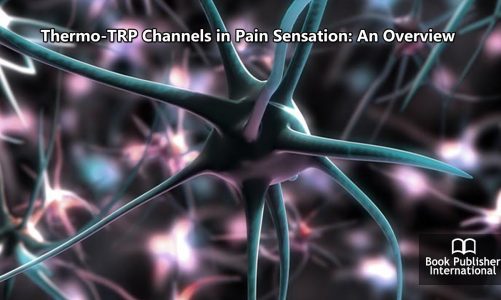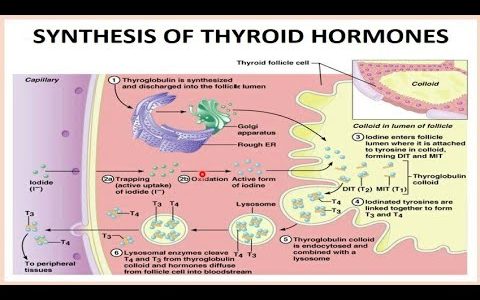Presentation and Text: https://drive.google.com/file/d/1Dt9WjtWNpG82BDuPaoicfUjys6_DNO7Y/view?usp=drivesdk
https://drive.google.com/file/d/1eyYzWaXDhqGfsENafsHnDwH1c3MI0Qqd/view?usp=drivesdk
Nitric oxide is a colorless gas with the formula NO, one of the main nitrogen oxides. Nitric oxide is a free radical, that is, it has one unpaired electron (·N=O or ·NO). The endothelial cells (inner lining of blood vessels) produce nitric oxide (up to 90% of everything produced in the body) to signal the vasodilation and increase blood flow. The total mass of the endothelium in the human body reaches 1.5 kg. Nitric oxide helps to improve gas exchange during exercise, hypoxia and in other situations when increased oxygen consumption is required. But with age, the ability to produce nitric oxide in endothelial cells decreases. In our body, nitric oxide is synthesized from L-arginine by the enzymes nitric oxide synthase (NOS).
With age, the cardiovascular system degrades. The total blood volume decreases, the level of reactive oxygen species (ROS) in the cells increases, and the release of nitric oxide in endothelial cells decreases, which leads to a decrease in blood flow in the capillaries and an increase in blood pressure. When exposed to heat elderly people are about 2-3 times worse than young people in dissipating heat through the skin due to dilation of capillaries. Thus, we may speculate that endothelial dysfunction in nitric oxide production and loss of capillary dilation play an important role in increasing the risk of cardiovascular disease in old age. Exposure to cold, calorie restriction, and exercise stimulate NO production in brown adipocytes in mice and induce an increase in the number of mitochondria in the cells. Mice that are genetically modified to be the nitric oxide synthase enzyme eNOS deficient and therefore are not producing nitric oxide – do not respond to colder environments by thermogenesis. Also development and function of their brown adipose tissue are impaired.
As already shown in many experiments, limiting the calorie content in food extends the lifespan of rodents. The results showed that mice fed 30-40% fewer calories produced more nitric oxide than those fed the unrestricted diet. Calorie restriction also caused the mice to increase the production of another chemical messenger that stimulated the production of new mitochondria (the main source of energy in cells) and increased oxygen consumption and protein expression, which was previously shown to play a role in the effect of calorie restriction on lifespan. These beneficial effects of calorie restriction were not found in mice lacking the enzyme eNOS needed to synthesize nitric oxide. Thus, research results indicate that nitric oxide may play a critical role in the effects of calorie restriction on longevity in rodents. Since nitric oxide production rises when blood glucose levels drop, this could be a mechanism to extend the lifespan of rodents.
Apparently, age-related changes in the endothelium cannot be prevented, but they can be slowed down with the help of regular endurance exercise, sunbathing in the morning, regular activation of autophagy that is the process of self-cleaning of cells and restriction of consumption of polyunsaturated fatty acids omega six. Increased production of ROS is common for a diet that uses carbohydrates as the main source of energy. In old age it often leads to the development of insulin resistance, high blood pressure, diabetes mellitus type two, atherosclerosis. The decrease in nitric oxide production may be due to a lack of L-arginine in the diet. But when following the carnivore diet this amino acid enters the body with food in sufficient quantities. Although L-Arginine and Nitrate dietary supplements are available, their use can cause some serious health problems. Additionally, most studies have found no effect of L-arginine supplementation on aerobic endurance, anaerobic performance, or resistance exercise in patients and healthy individuals.
Functions of nitric oxide in the body:
expansion of blood vessels and improvement of blood circulation in tissues;
relaxation and contraction of skeletal and cardiac muscles, as well as bronchi;
relaxation and contraction of smooth muscles in intestinals;
improvement of blood circulation in the reproductive organs of men and women;
decrease in the release of cortisol;
transmission of signals to the central and peripheral nervous system;
influence on the synthesis of adenosine triphosphoric acid (ATP) in mitochondria;
activation of the process of glycolysis in the cytoplasm of cells;
suppression of sticking of thrombocytes to each other in blood and organelles in cells;
improving wound healing and bone fracture healing;
cytostatic and cytotoxic action of macrophages.
source



